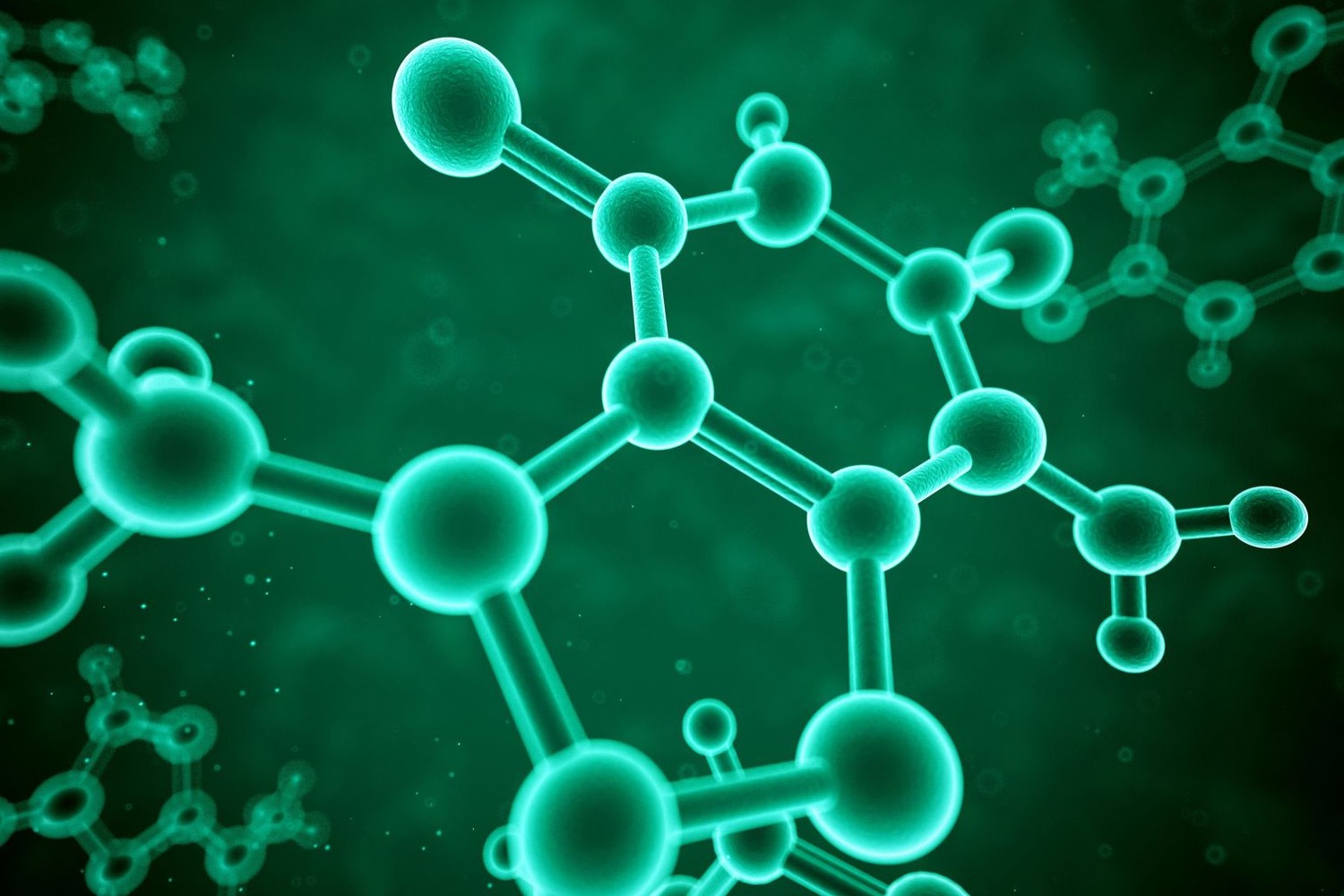
What is molar mass? Molar mass is the mass of one mole of a substance, usually measured in grams per mole (g/mol). It helps chemists figure out how much of a substance is needed for a reaction. Imagine baking cookies without knowing the right amount of flour or sugar. Molar mass does the same for chemical reactions, ensuring everything mixes perfectly. Understanding molar mass can make chemistry easier and more fun. Whether you're a student or just curious about science, learning about molar mass can open up a world of discovery. Ready to dive into the details? Let's get started!
What is Molar Mass?
Molar mass is a fundamental concept in chemistry. It helps scientists understand the mass of one mole of a substance. Here are some intriguing facts about molar mass.
-
Definition: Molar mass is the mass of one mole of a substance, usually expressed in grams per mole (g/mol).
-
Avogadro's Number: One mole of any substance contains Avogadro's number of particles, which is approximately 6.022 x 10^23 particles.
-
Periodic Table: The molar mass of an element can be found on the periodic table. It is usually listed under the element's symbol.
How to Calculate Molar Mass?
Calculating molar mass involves adding up the atomic masses of all atoms in a molecule. This process is essential for various chemical calculations.
-
Atomic Mass Units: Atomic masses are measured in atomic mass units (amu). One amu is defined as one-twelfth the mass of a carbon-12 atom.
-
Summation: To find the molar mass of a compound, sum the atomic masses of all the atoms in the molecule. For example, the molar mass of water (H2O) is calculated by adding the masses of two hydrogen atoms and one oxygen atom.
-
Precision: Accurate molar mass calculations are crucial for precise chemical reactions and formulations.
Importance of Molar Mass in Chemistry
Understanding molar mass is vital for various applications in chemistry. It plays a significant role in stoichiometry, chemical reactions, and more.
-
Stoichiometry: Molar mass is used in stoichiometry to convert between moles and grams. This helps chemists determine the amounts of reactants and products in a reaction.
-
Chemical Reactions: Knowing the molar mass allows chemists to measure out precise amounts of substances needed for reactions.
-
Molecular Formulas: Molar mass helps in determining the molecular formula of a compound. By comparing the molar mass of a compound to its empirical formula, chemists can find the actual molecular formula.
Real-World Applications of Molar Mass
Molar mass isn't just a theoretical concept; it has practical applications in everyday life and various industries.
-
Pharmaceuticals: In the pharmaceutical industry, molar mass is crucial for formulating drugs with the correct dosages.
-
Environmental Science: Environmental scientists use molar mass to measure pollutants and understand their impact on the environment.
-
Food Industry: The food industry relies on molar mass to ensure the correct proportions of ingredients in food products.
Fun Facts about Molar Mass
Molar mass can also be fascinating beyond its scientific applications. Here are some fun facts to ponder.
- Historical Context: The concept of molar mass has evolved over time. Early chemists like John Dalton and Amedeo Avogadro contributed significantly to our understanding of molar mass.
Final Thoughts on Molar Mass
Understanding molar mass is crucial for anyone diving into chemistry. It helps in calculating the amount of a substance needed for reactions, determining molecular formulas, and converting between grams and moles. Knowing how to find molar mass can make complex problems simpler and more manageable. Whether you're a student, a teacher, or just curious, these facts about molar mass can serve as a handy guide. Keep practicing, and soon, calculating molar mass will become second nature. Remember, every molecule has its own unique molar mass, and mastering this concept opens doors to deeper chemical knowledge. So, next time you encounter a chemical equation, you'll know exactly how to handle it. Happy calculating!
Was this page helpful?
Our commitment to delivering trustworthy and engaging content is at the heart of what we do. Each fact on our site is contributed by real users like you, bringing a wealth of diverse insights and information. To ensure the highest standards of accuracy and reliability, our dedicated editors meticulously review each submission. This process guarantees that the facts we share are not only fascinating but also credible. Trust in our commitment to quality and authenticity as you explore and learn with us.


